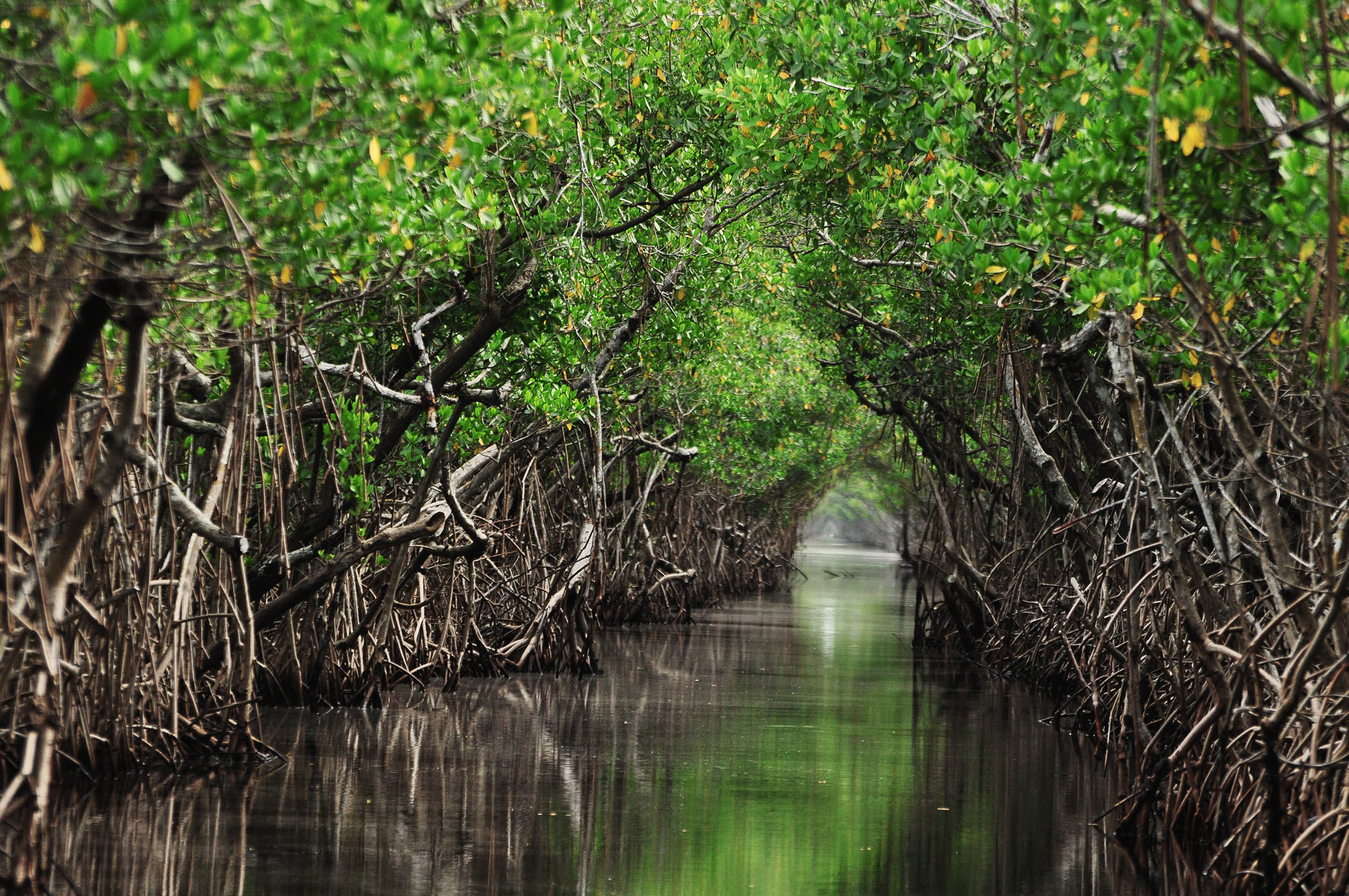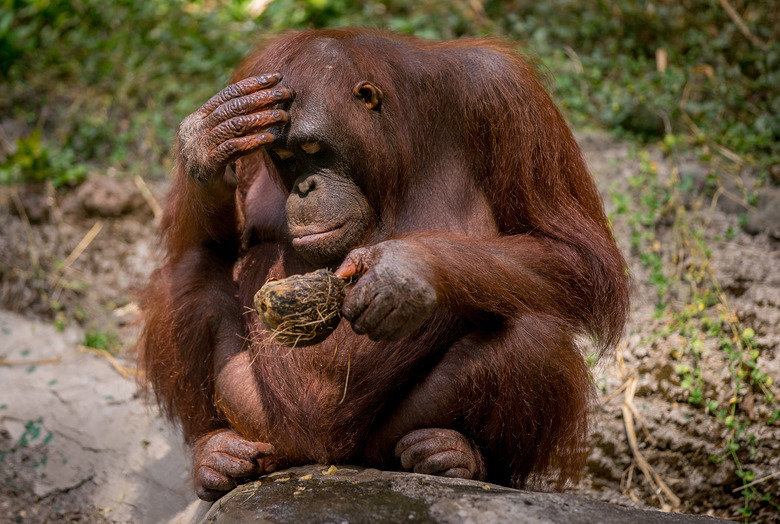Climate Change Could Drive Shrinking Animal Populations Even Lower, Study Says
Our planet is in a tight spot right now. While endeavors in space exploration are going great with the launch of the James Webb space telescope, and plenty are looking towards NASA's Artemis I launch, there is still plenty holding us down, and it isn't just gravity. Concerns over shrinking global animal populations are growing, too, and it could get even worse, a new study says.
A group of researchers from the World Wildlife Fund (WWF) and the Zoological Society of London have analyzed years of data regarding the thousands of global animal populations on Earth. The group published their findings in a new report, which suggests that populations have shrunk by an average of 69 percent since 1970, and there's limited time to address the concern.
It is worth noting that not all global populations saw a massive shrink. However, the growing concern is that those shrinkages could get even worse. According to the report's authors, the main causes of the loss of biodiversity comes down to land-use changes like infrastructure development, deforestation, and the killing of important forests, as well as energy production.
We know for a fact that these things have led to the extinction of animals like the Tasmanian Tiger, which a company is hoping to revive soon. But, the concerns about the shrinking global animal populations don't stop with how we use our land. Climate change is also a huge concern for many of the authors working on the report.

Global temperatures are rising constantly, unleashing wide-ranging effects on the plant and animal species that call Earth home. And for many, the loss of biodiversity and climate change go hand-in-hand.
"This is the last chance we will get. By the end of this decade, we will know whether this plan was enough or not; the fight for people and nature will have been won or lost," Marco Lambertini, the Director General of WWF International warned at the U.N. Biodiversity Conference in Montreal last December (via NPR).
Lambertini says that the discussions are currently locked in "old-world thinking" and that there have been no signs of "bold action" to achieve what he calls a "nature-positive future." Of course, throwing space bubbles between the Sun and the Earth and slowing down climate change isn't the only solution that Lambertini and others offer to stop the shrinking of global animal populations.
Instead, it's a conglomerate of things that we can do to slow down the loss of life and biodiversity. Ultimately, we have to change human habits if we want to slow the shrinking of global animal populations. Removing migration barriers for freshwater fish, as well as conversing mangroves and other important forests, can also help ensure that the loss of biodiversity is at least slowed.
Looking for more climate change news? Scientists recently warned that the sea level could rise by 1.6 feet if important ice shelves melt. Others have also proposed a dangerous plan to reverse climate change effects in Antarctica. Also, a depressing video shows what will happen to Earth if all the ice melts.
